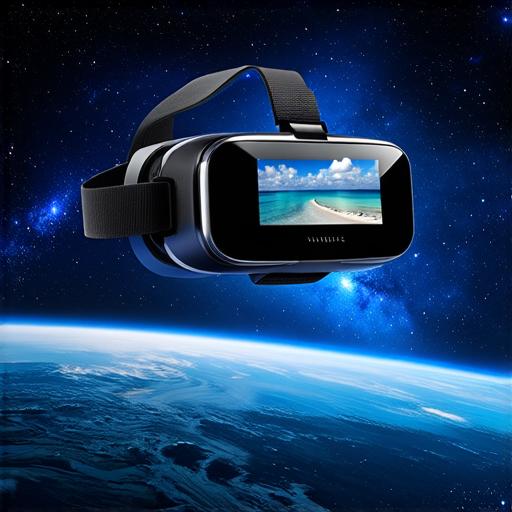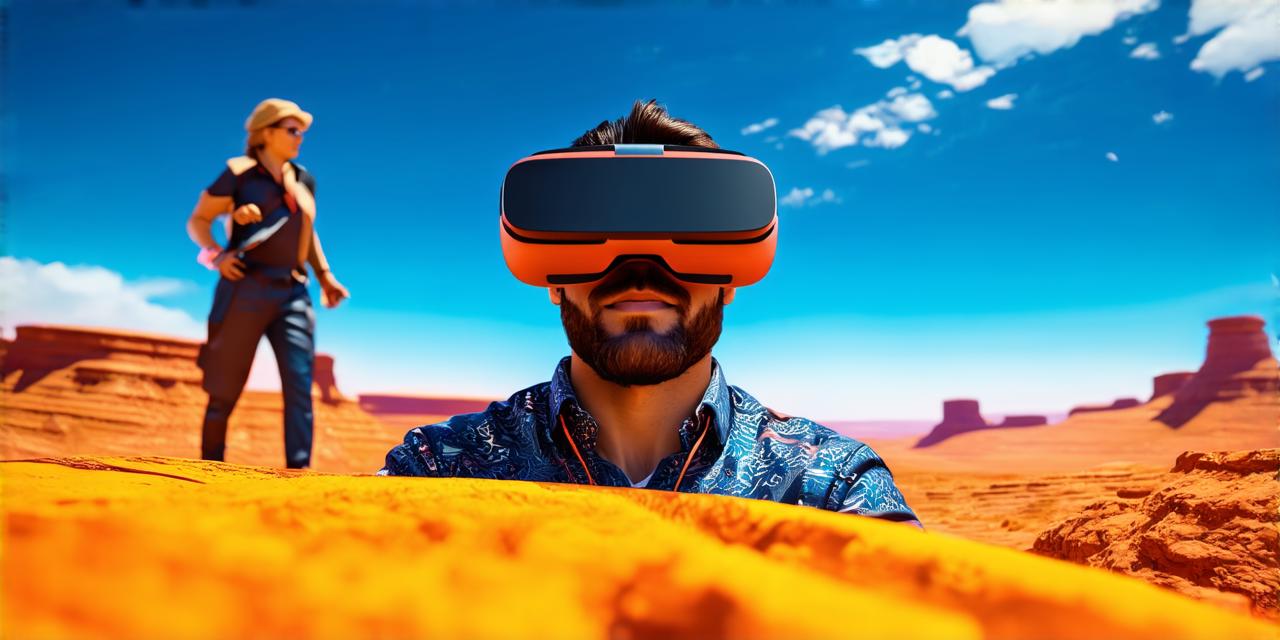Virtual reality (VR) is a technology that has been rapidly advancing in recent years. It allows users to experience immersive and interactive environments that simulate real-world experiences.
The Rise of Virtual Reality
Virtual reality technology first appeared in the 1960s, but it was not until the early 21st century that it began to gain widespread popularity. Today, VR is used in a variety of industries, including gaming, healthcare, and education.
In the travel industry, VR has been used to create virtual tours of hotels, resorts, and attractions.
The Benefits of Virtual Reality Travel
One of the main benefits of virtual reality travel is that it allows people to explore new places without leaving their homes. This can be particularly useful for those who have mobility issues or are unable to travel due to other reasons like cost or time constraints.
Virtual reality also offers a level of immersion that traditional media cannot provide. By allowing users to experience a destination as if they were really there, virtual reality can help people make more informed travel decisions and create a better overall travel experience.

Another benefit of virtual reality travel is that it can reduce the environmental impact of tourism. By allowing people to explore destinations virtually, virtual reality can help reduce the number of flights and other forms of transportation required for travel. This can help to reduce carbon emissions and other negative environmental impacts.
Real-Life Examples of Virtual Reality Travel
There are already a number of companies that offer virtual tours of hotels, resorts, and attractions.
For example, the Marriott Hotels Group has partnered with Oculus VR to create a virtual reality experience that allows users to explore different hotel properties in 3D. This allows potential guests to get a sense of the amenities and features of the hotel before making a booking.
Other companies have used virtual reality to create immersive experiences for travelers. For example, the company Expedition VR offers a virtual tour of the Great Barrier Reef in Australia. This allows users to explore the underwater world of the reef and see the diverse range of marine life that inhabits it.
Virtual reality can also be used to create virtual tours of historical sites and landmarks. For example, the company Google Arts & Culture has partnered with a number of museums and cultural institutions to create virtual tours of their collections. This allows people to explore these sites in depth and gain a better understanding of their history and significance.
The Future of Virtual Reality Travel
As virtual reality technology continues to advance, it is likely that we will see more and more uses for it in the travel industry. In the coming years, we can expect to see more virtual tours of hotels, resorts, and attractions, as well as more immersive experiences that allow people to explore new places in a virtual environment.
Virtual reality also has the potential to revolutionize the way we plan and book travel. By allowing people to experience destinations virtually, virtual reality can help reduce the need for physical travel and make it easier for people to find the right destination for their needs. This could lead to more sustainable and eco-friendly forms of tourism in the future.
